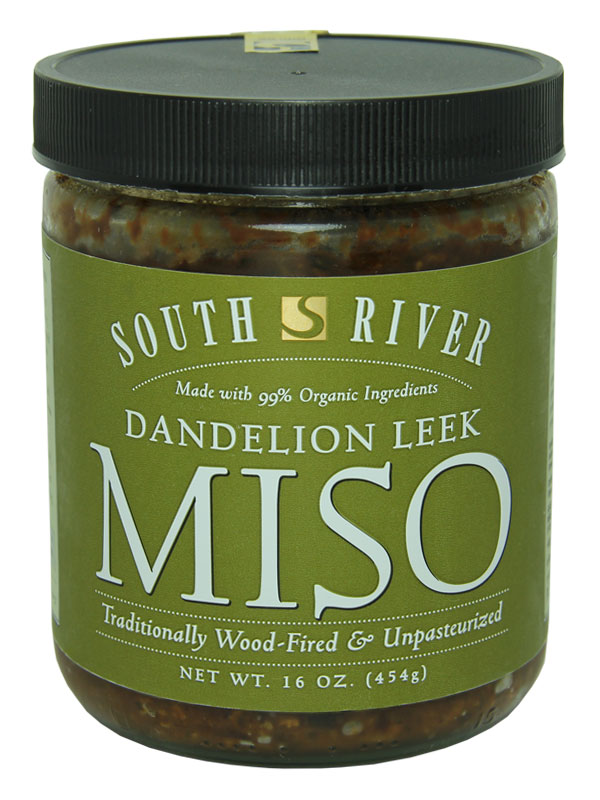Humans are omnivorous in order to take advantage of multiple streams of nutrition. This ability, however, doesn’t mean that we must ingest everything, it merely means we can ingest a wide variety of animal and vegetable foods depending on the environment.
People adapted over millennia to eat what is local to them. People whose ancestors migrated to an environment where there is little vegetation and a short growing season, adapted to a high fat, meat-based diet, others whose ancestors found a home on tropical islands have adapted to a fruit and fish diet.
Being omnivorous lets us adapt to our environment in many different ways, and nature helped us evolve to fit those environments. That's why there are healthy people in cultures that do not eat meat, or don't use dairy products, or whose main source of protein is fish.
Large groups of humans have prejudices and taboos against food that is considered perfectly edible by others. There are many who consider bugs tasty and others the find them repellent. Huge populations have cultural biases against pork. And these groups are all healthy. Some are much healthier than those of us living here in the US.
The problem is that our global mobility has outstripped the speed at which evolution works. In the US especially we are now a blend are often a blend of multiple genetic variations with varying abilities to cope with the massive amount and variety of food that is available to us.
What this means is that we have more choice. By this I do not mean the varieties of food, but the exclusion of food types. I do not need to eat meat or dairy since I can get just as usable protein, minerals, and vitamins from an herbivorous diet. My body may argue with me a bit at first, but so long as I choose my nutrition thoughtfully, I can eat any way that I decide to. In other words, I can select to remove certain things from my diet in the knowledge that I can make up for their nutrients in a different way.
I don’t consider myself “vegan” (which to me is a moral stance rather than a health choice) but my diet is close to that standard. I call myself an herbivore, and I feel comfortable with having made the choice to eliminate certain classes of foods from my diet because I’m smart enough and careful enough to eat a diet that is as well balanced as any omnivore’s.
On hearing this argument of mine, someone asked:
"Don’t you think that selection from various cultures can have risks. In each culture, people learned how to balance locally various types. Americans by extracting various foods out of the context probably risk imbalance. If one selects some food because of several minerals for example, one can miss the fact that this food has also components which in the “mother” culture were balanced by something, but are not balanced in a new culture or can risk duplication/overdosing of some nutrients."
It’s way too late to worry about that. Unless one is a member of a geographically or culturally remote community, the mixture of different types of food sources is too well entrenched to avoid.
Take, for example, the tomatoes for the ubiquitous Italian red sauce, potatoes, avocados, bananas, mangos, etc. These are foods that have been transplanted and are now considered native to places that had never known them 200 years ago, others are: coffee, pistachios, olives, etc. No. That horse is out of the barn and ten miles down the road. Even people who are kosher, hallal, or macrobiotic eat foods that have drifted in from other cultures and other regions.
The way to deal with it is to use an open and intelligent mind to judge one’s own health and proceed accordingly. Blindly following the ideas of experts has seldom proven to be a good food strategy, but it’s something we all do from time to time. At the risk of sounding a bit new age, we really need to look at ourselves, our bodies and our minds, and start to keep track of what is good for us, and what is just easy.
That's what my experiment is about. I'm not concerned about the veracity or faults of Esselstyn and Campbell, I'm just curious about whether removing animal products from my diet makes me healthier and makes me feel better. In fact, having found out that their diet also involves 0 fats, a thing that was barely alluded to in the movie, I find that I'm not on their recommended diet.
This is my experiment and I'll use my parameters.






